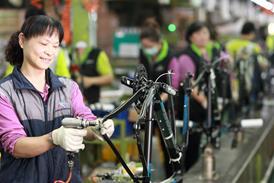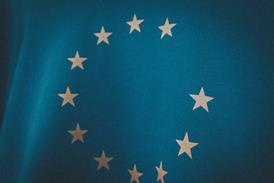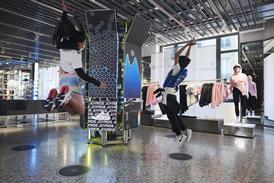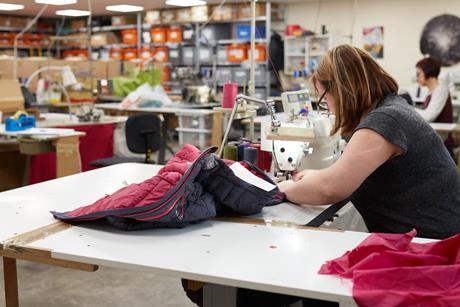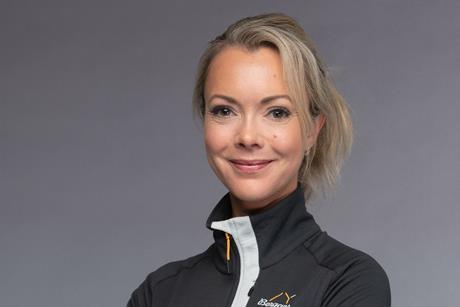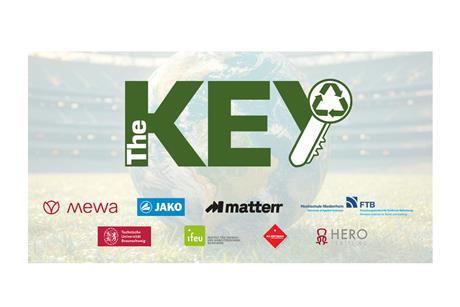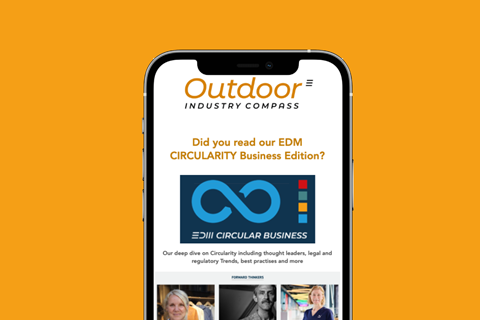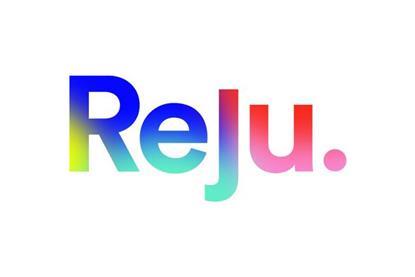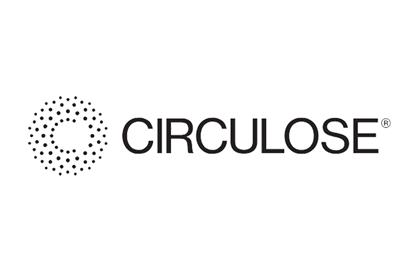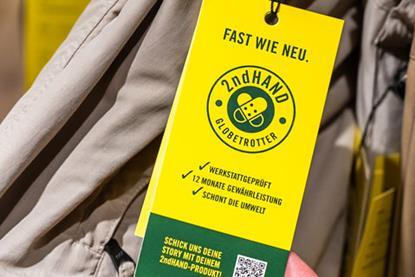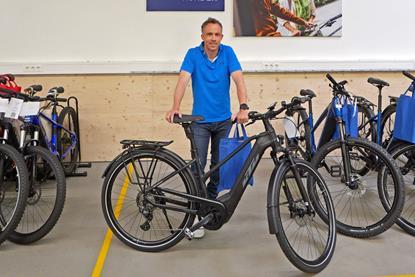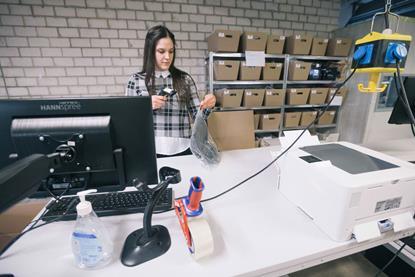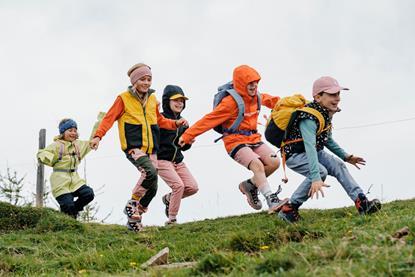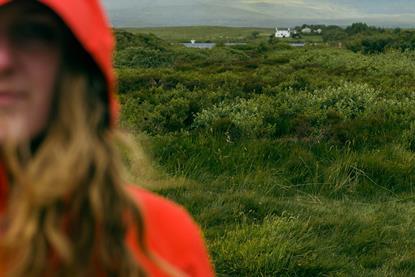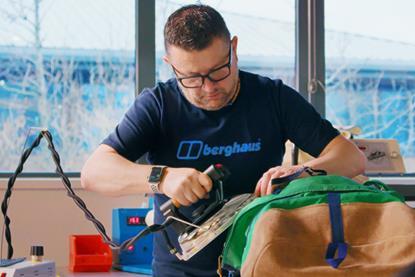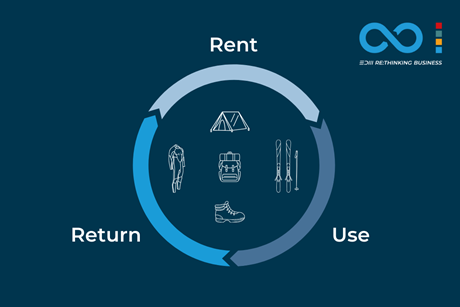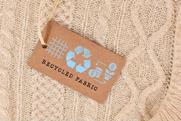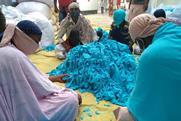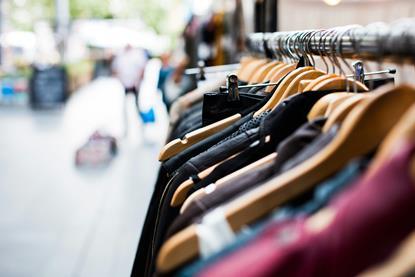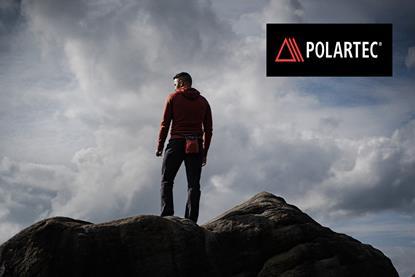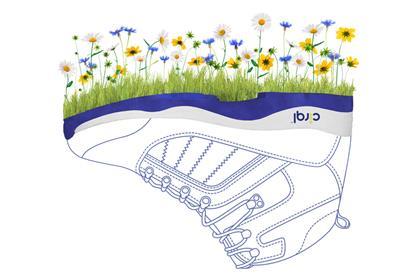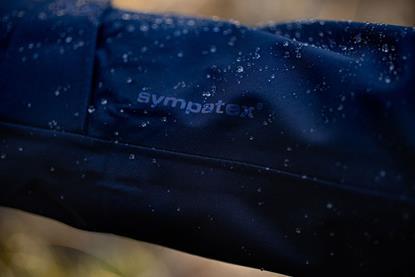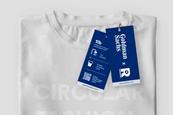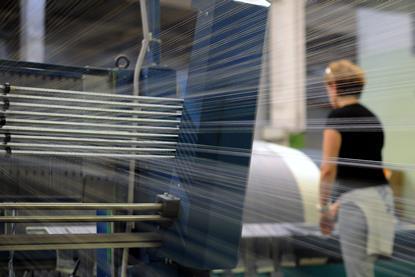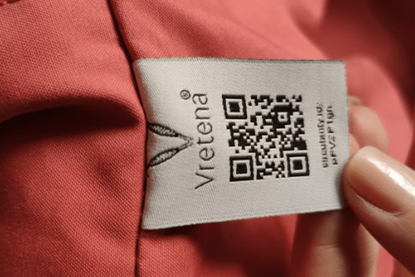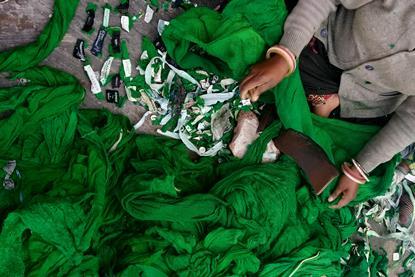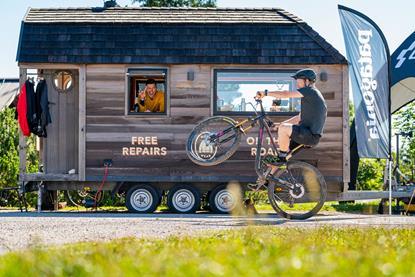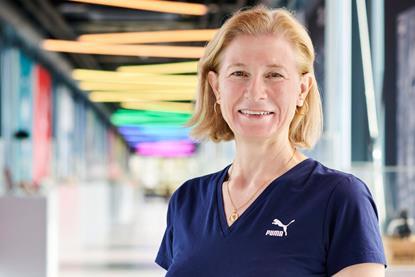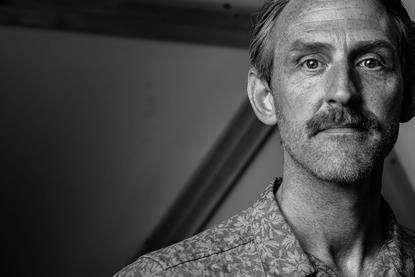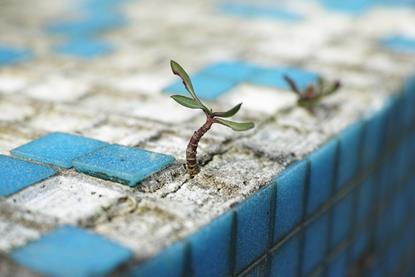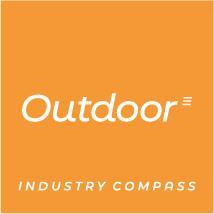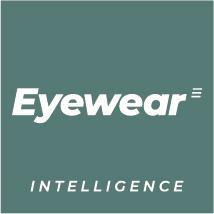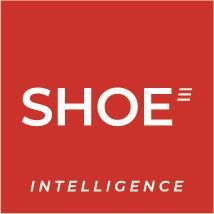RE:THINKING BUSINESS
Explore comprehensive insights on the circular economy in the outdoor industry. Discover innovative recycling methods, sustainability strategies from leading brands, and how companies are redesigning products for longevity and minimal environmental impact.
Highlights
Silje Garberg Ree: ‘Bergans makes its heritage relevant for today’s consumers’
“The Key” project pioneers circular textile recycling
Beyond ownership: The future of omni-channel sports retail in a circular economy
- Previous
- Next
Resale
Fjällräven launches resale platform
The Swedish outdoor brand introduces Pre-Loved to extend product lifespans, reduce waste and support sustainability, helping customers buy and sell used gear.
How to price for resale: Insights from Globetrotter and 2nd Peak
Two different retailers share insights into how they approach the pricing of pre-loved items, with tips for any brand thinking of adopting resale.
Re:thinking business in the bicycle industry with resale
E-Mobility supplier Rebike Mobility’s recipe for resale success in the cycling industry, with digitalization and automation.
Secondhand: The balance of pricing between buying and selling
The secondhand retailer must balance seller and buyer when it comes to pricing. Reverse.Supply CEO explains how they find the right price.
When it comes to resale, the price is right
Pricing expert Robert Tinterov discusses the difficulties and opportunities of pricing goods for resale in the sports industry.
Fit for second life: 7 ways brands can extend the life of children’s clothing
Seven ways brands can make kid’s clothes last longer (and utilize the growth potential and income streams of the circular economy too)
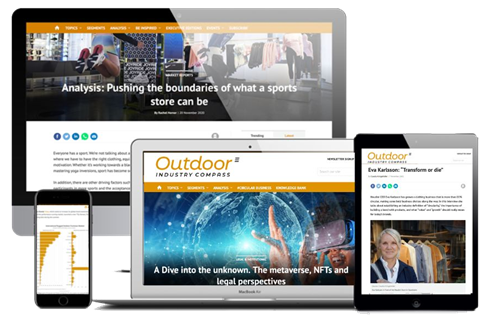
Industry Intelligence that keeps you
ahead of the competition
Gain unparalleled insights about the international outdoor industry
Become a Member TodayRepair
Löffler’s ‘Second Life’ initiative extends the lifespan of apparel
The Austrian sportswear manufacturer expands its circular economy efforts with upcycling, recycling and resale programs.
Before we sell more new stuff – can we do something about ‘broken’ waterproof shells?
The linear business model of this industry is to make-sell-disown product. This is not the much-heralded circular business model frequently spoken about. The facts are that the industry makes the most profit by selling stuff. If a product gets returned under warranty, it is often easier just to replace it ...
Repair: Challenges that brands face on their road to repair
Consumers and legislation are demanding a right to repair, but it’s not so simple for brands. We look at how some are overcoming the challenges.
Rental
Rental Revolution: Advantages, challenges, and the road ahead
Is your business ready for rentals? We look at how to overcome common concerns and obstacles and access the potential $700 billion rental market
Recycle
“The Key” project pioneers circular textile recycling
A new German project is tackling one of the textile industry’s biggest challenges: recycling polyester-cotton blends.
Exploring the financial benefits of textile-to-textile recycling
Delving into the EU’s textile waste dilemma, we lay out exactly how your brand can help and how textile recycling will pay off financially too.
Garment-to-garment recycling: How far along is the sports and outdoor industry?
We look at what textile recycling is not and share some brands that are moving the outdoor and sporting goods industries in the right direction.
Textile waste handling: the invisible part of global circular supply chains
It’s no secret that waste represents a huge problem in the apparel industry, but what is less understood is the potential untapped resource such waste represents. SaaS technologies are looking to digitize, connect, and scale global textile-to-textile recycling, connecting fashion brands and manufacturers with waste handlers and recyclers and build ...
Redesign
Design: Are we just adding more stuff – or is the new season offering better potential?
OIC columnist Charles Ross says that the outdoor industry needs to rethink its dependence on selling more and more new products – a model that aligns it with fast fashion – by adopting repair, remanufacturing and service-based business models to reduce overconsumption while maintaining profitability.
Polartec introduces performance fabrics made with Biolon:
Nylon just got betterPolartec has upgraded two of its most iconic existing product platforms, setting a new standard for sustainability in functional fabrics.
A circular solution for the footwear industry
Discover the world’s first biodegradable and industrially compostable comfort and performance foam technology for footwear
Sympatex closes loops in the outdoor industry – Join in!
The outdoor industry is being called upon to drastically reduce its carbon footprint. Sympatex shows which adjustments can already be made today.
Circular design thinking: Design beats disposal
What can replace a business-centered design approach, with repairable products that last longer, are recyclable and still create value?
Good momentum but high hurdles remain: Circularity in the eyewear sector
With performance and scale both large barriers, what can the eyewear sector do to become circular?
Re:thinking business resources
EU Strategy for Sustainable and Circular Textiles: Everything you need to know
The European Commission is changing the rules of the game for players in the textile sector. Are you ready?
From circular products and business models to circular ecosystems
We explain the opportunities for your company to engage with circularity and explore you some successful examples.
Circular Economy: a comprehensive link collection
Beat the circularity information overload and start your sustainable journey as a brand, supplier, manufacturer and retailer. We’ve collected the most useful links and resources.
Rethinkers
- Article
Silje Garberg Ree: ‘Bergans makes its heritage relevant for today’s consumers’
Bergans’ CEO speaks about innovation, sustainability and standing out in the outdoor market. Read how Silje Garberg Ree is shaping the brand’s future.
- Article
Patagonia’s Re:Thinking: How circular is one of the most ambitious outdoor brands?
Often held up as one of the best examples of sustainable business in the outdoor industry, we look at how Patagonia is incorporating circularity.
- Article
Dimpora CEO Mario Stucki: “We make a membrane in a way no one else does”
A membrane that is waterproof, windproof, breathable, PFAS-free, biodegradable and recyclable. The science is already here. Dimpora’s CEO explains.
- Article
Anne-Laure Descours: “We’re committed to making it better”
Puma’s Anne-Laure Descours is honest and optimistic about what needs to change. Read her interview on circularity in the apparel business.
- Article
Fabian Nendza: “We see ourselves as pioneers”
Can a retailer play a role in the circular economy? Through customer dialog and guidance, Globetrotter aims to do just that.
- Article
Forward to nature*…or how to design a successful future for all
What would a truly circular world look like? GreenroomVoice explores how imagining such a world shows us the action needed to get there.
